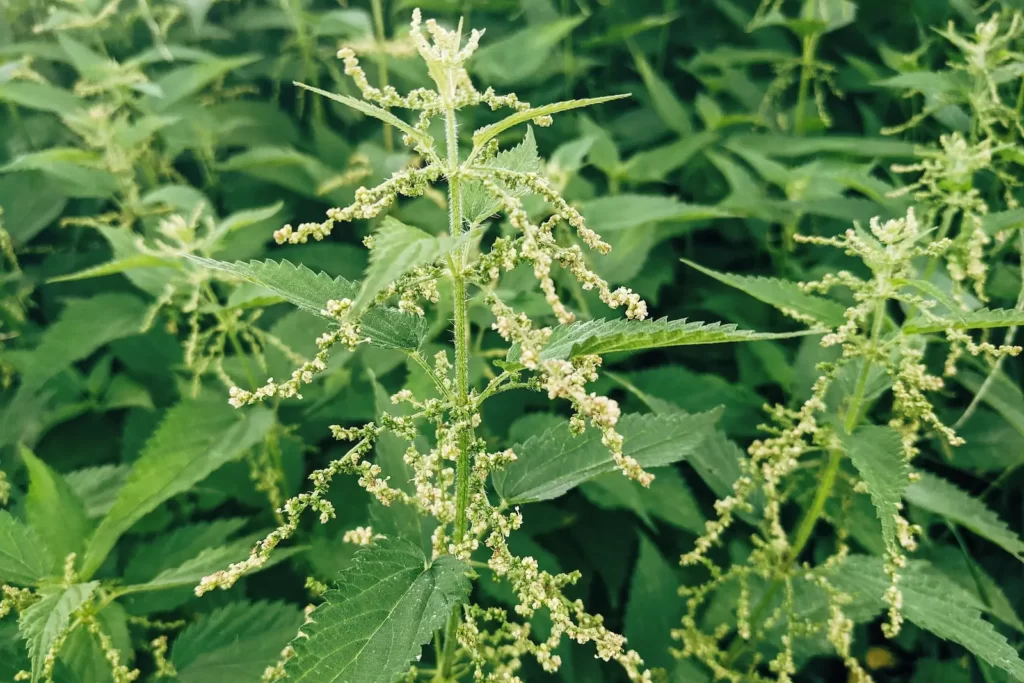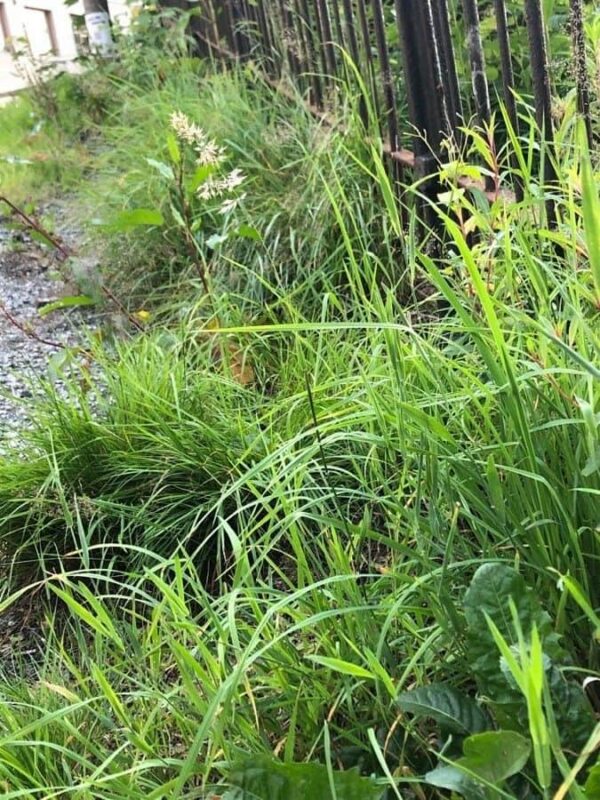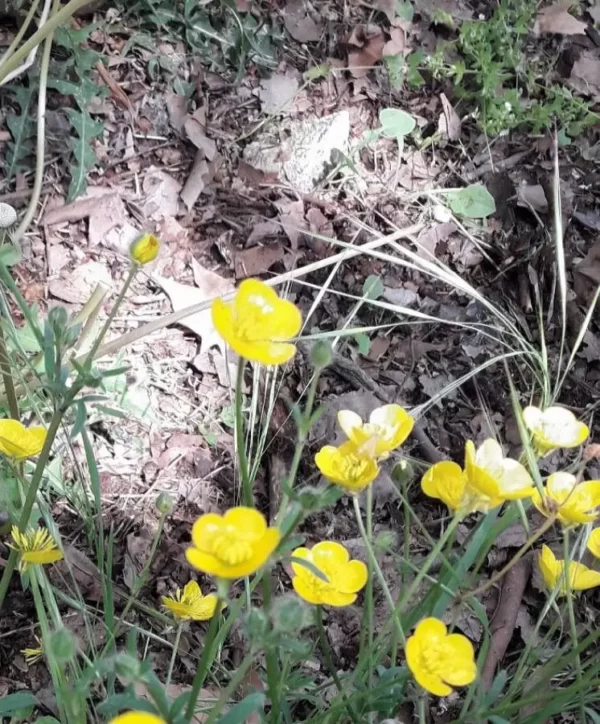Common nettle (Urtica dioica)
Urtica dioica, commonly known as Common Nettle or Stinging Nettle, is a versatile herbaceous perennial that can be found in various parts of the world, including Europe, Asia, and North America. Despite its infamous stinging hairs, this plant holds remarkable value in both culinary and medicinal applications.
Plant Care:
Sunlight: Common Nettle prefers partial shade to full sun, making it adaptable to a range of light conditions. However, in hotter climates, it benefits from some protection during the hottest parts of the day.
Soil: Optimal soil for Common Nettle is moist and rich in nutrients. A well-draining loamy soil with a pH ranging from 5.5 to 7.5 suits it best. Amending the soil with compost enhances its fertility and moisture-retaining properties.
Watering: Keep the soil consistently moist, especially during the growing season. Adequate watering encourages vigorous growth and helps prevent the plant from drying out. Mulching around the base of the plant can help retain moisture and suppress weeds.
Fertilization: While Common Nettle can thrive in nutrient-rich soils, it often doesn’t require additional fertilization. If growth seems sluggish, you can apply a balanced organic fertilizer in early spring to provide a gentle nutrient boost.
Pruning: Regularly harvest the young, tender leaves for culinary or medicinal use. This practice not only encourages new growth but also helps to manage the plant’s size and prevent it from becoming too invasive.
Propagation: Common Nettle can be propagated from seeds or by division. Sow seeds in spring or fall, keeping the soil consistently moist until germination. To propagate by division, carefully separate the plant’s roots and replant the divided portions in well-prepared soil.
Medicinal Use: Rich in nutrients and compounds with potential health benefits, Common Nettle has been traditionally used for its anti-inflammatory properties and as a diuretic. It’s often consumed as herbal tea or incorporated into various remedies.
Culinary Use: Young nettle leaves are a valuable culinary ingredient, similar to spinach or other leafy greens. They can be used in soups, stews, omelets, or even as a base for pesto.
Harvesting: Wear gloves to protect yourself from the stinging hairs. Harvest the top few inches of young leaves, as they are the most tender and flavorful.
Important Note: While Common Nettle has numerous benefits, its stinging hairs can cause skin irritation. Handle the plant with care or blanch the leaves briefly in boiling water to neutralize the stinging effect.
| Aspect | Information |
|---|---|
| Scientific Name | Urtica dioica |
| Common Names | Common Nettle, Stinging Nettle |
| Family | Urticaceae |
| Genus | Urtica |
| Origin | Europe, Asia, North America |
| Discovery Date | Ancient times |
| Flowering Time | Spring to early autumn |
| Flower Color | Greenish-white |
| Growth Type | Herbaceous perennial |
| Mature Height | Up to 1-2 meters (3-6 feet) |
| Soil Requirements | Moist, rich soil |
| Soil pH Range | 5.5 – 7.5 |
| Soil Moisture | Medium to high |
| Sun Exposure | Partial shade to full sun |
| USDA Hardiness Zone | Zones 3 to 9 |
| Minimum Temperature | Approx. -40°C (-40°F) to -34°C (-30°F) |
| Tolerance to Frost | Hardy |
| Tolerance to Drought | Low |
| Edible Parts | Young leaves, seeds |
| Culinary Uses | Herbal tea, soups, pesto |
| Medicinal Uses | Anti-inflammatory, diuretic |
| Propagation Method | Seeds, division, stem cuttings |
| Common Habitats | Woodlands, meadows, disturbed areas |
| Wildlife Attraction | Host plant for butterfly larvae |
| Uses in Permaculture | Dynamic accumulator, beneficial insect attractant |
| Potential Invasiveness | Can be invasive in some regions |
| Companion Plants | Mint, chamomile, yarrow |











